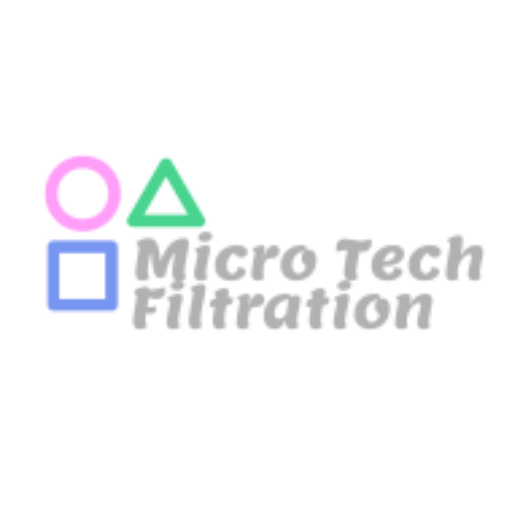When it comes to your vehicle’s windshield, the material it’s made of plays a crucial role in its performance, durability, and overall safety. Understanding the different types of windshield materials is essential for making informed choices, especially when seeking windshield repair. In this article, we’ll delve into the diverse world of windshield materials, exploring the characteristics that set them apart and their relevance in the unique driving conditions of NW Calgary.
Laminated Glass:
Laminated glass is the most common material used for windshields. It consists of two layers of glass bonded together with a polyvinyl butyral (PVB) layer in between. This design enhances the windshield’s strength, prevents shattering upon impact, and offers protection against small debris. Due to its safety features, laminated glass is a popular choice for windshield repair.
Tempered Glass:
While tempered glass is not commonly used for windshields, it is employed for side and rear windows. Tempered glass undergoes heating and rapid cooling, resulting in increased strength. However, laminated glass needs durability and safety features, making it less suitable for windshields.
Solar Control Glass:
NW Calgary experiences varying weather conditions, including intense sunlight during the summer months. Solar control glass is designed to minimize heat absorption and reduce UV radiation, creating a more comfortable interior. This type of glass is often used in high-end vehicles and is relevant for that seeking windshield repair.
Acoustic Glass:
Acoustic or soundproof or noise-reducing glass is designed to minimize external noise. It consists of multiple layers of glass and acoustic interlayers, providing a quieter driving experience. NW Calgary’s diverse traffic conditions make acoustic glass a valuable option for enhancing comfort during drives.
Rain-Sensing Windshields:
Some windshields in NW Calgary come equipped with rain-sensing technology. These windshields have sensors that detect rain and automatically activate the windshield wipers. The glass is treated to repel water, improving visibility during rainy weather.
Heated Windshields:
NW Calgary’s winter temperatures can lead to frost and ice buildup on windshields. Heated windshields incorporate electrically conductive layers that generate heat, melting ice, and frost. This feature is beneficial for maintaining clear visibility in cold weather and is relevant for that seeking windshield repair Calgary NW.
Infrared-Reflective Glass:
Infrared-reflective glass reduces heat buildup inside the vehicle by reflecting infrared rays. This is particularly advantageous during sunny days in NW Calgary, helping to keep the interior cooler and reducing the reliance on air conditioning.
UV-Reflective Glass:
Exposure to UV rays can lead to interior fading and damage. UV-reflective glass is treated to block harmful UV rays, protecting the vehicle’s internal components and the occupants. This feature is relevant for that seeking windshield repair, especially considering the city’s sunny days.
OEM (Original Equipment Manufacturer) Glass:
OEM glass is manufactured by the same company that produced the original windshield for your vehicle. Choosing OEM glass during windshield repair ensures a precise fit and maintains the vehicle’s original specifications.
Aftermarket Glass:
Third-party manufacturers produce aftermarket glass. While it may be more budget-friendly, the quality can vary. When opting for aftermarket glass during windshield repair, it’s essential to ensure that it meets safety standards and is compatible with your vehicle.
Conclusion:
Glass matters regarding your vehicle’s windshield’s safety, functionality, and comfort. Understanding the different types of windshield materials allows you to make informed decisions when seeking windshield repair. Whether prioritizing safety features, weather resistance, or specialized technologies, choosing the suitable windshield material ensures optimal performance in the diverse driving conditions of NW Calgary.







